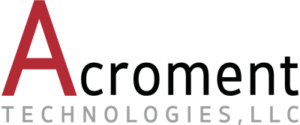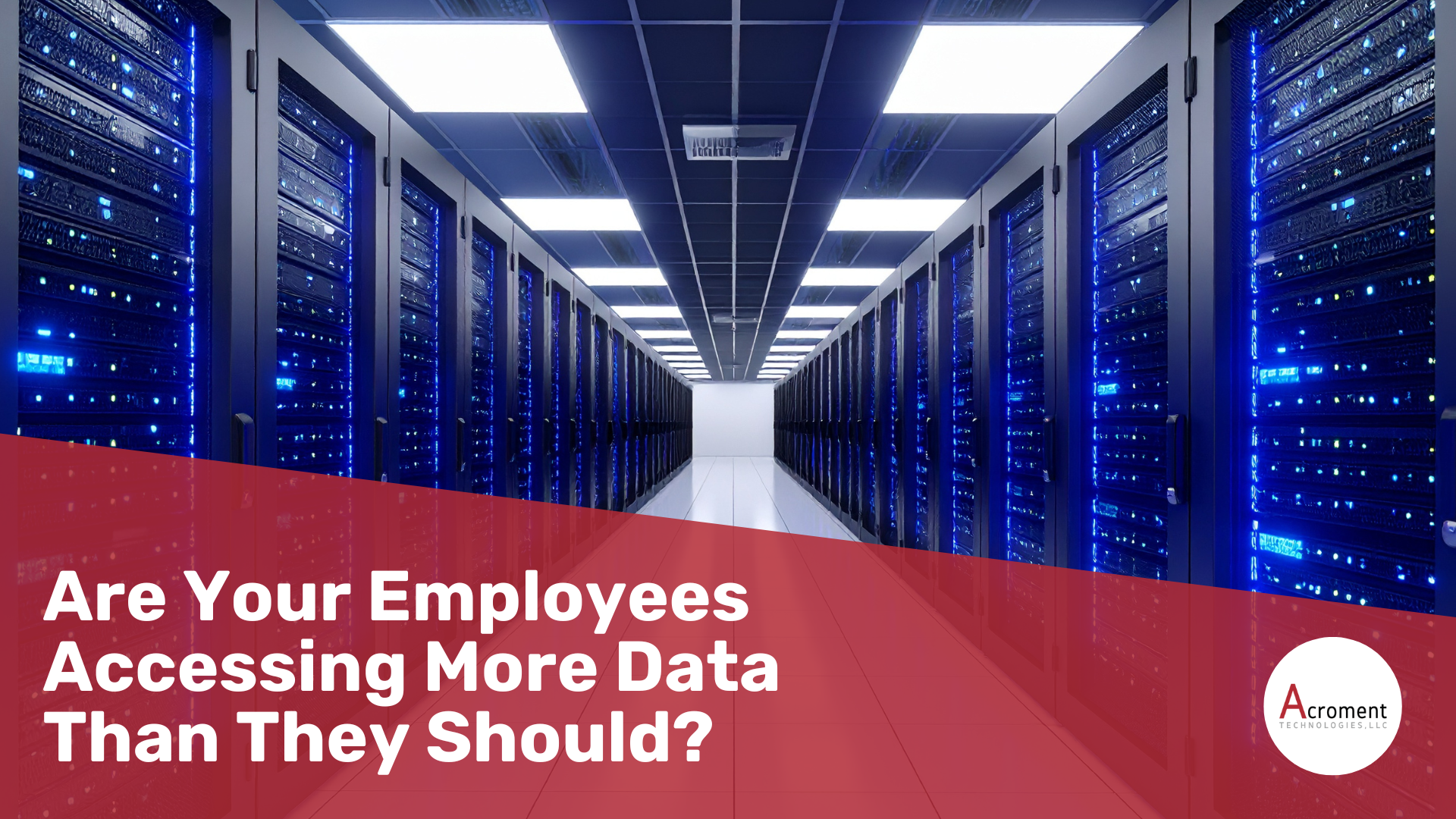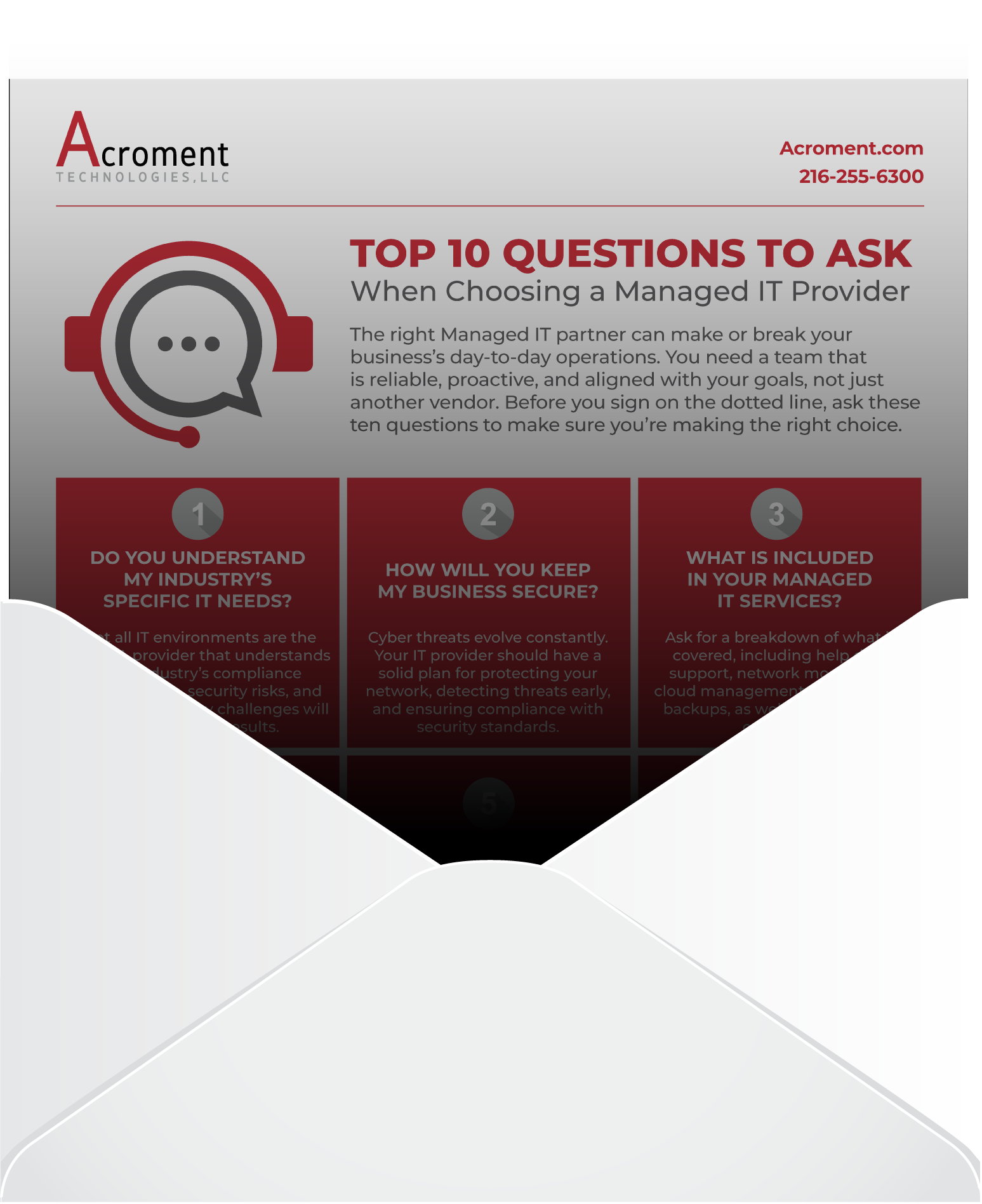The Hidden Risk Inside Your Organization
How confident are you that everyone in your organization only has access to the data they actually need?
For many local businesses, the honest answer might be: not very sure.
Even with strong firewalls and antivirus software in place, one of the biggest security threats comes from inside your company — not outside. Employees, contractors, or even former team members can unintentionally (or in rare cases, intentionally) expose sensitive data simply by having too much access.
When “Too Much Access” Becomes a Problem
Recent research shows that nearly half of employees have access to more data than their role requires.
That might not sound alarming at first, but it’s a serious issue. Excessive access increases the chances of:
- Accidental data exposure: Sending files to the wrong person or uploading data to the wrong system.
- Compliance failures: Especially if sensitive customer or financial information is mishandled.
- Security breaches: Either from negligence or from malicious intent.
These risks fall under the category of insider risk — the potential for harm that comes from within your organization. And while some insider threats are intentional, most come from well-meaning employees who simply have too much visibility into sensitive systems.
Understanding “Privilege Creep”
One of the biggest contributors to insider risk is what’s known as privilege creep.
This happens gradually: an employee changes roles, takes on new responsibilities, or joins additional projects. Each time, they gain more system access — but rarely lose the access they no longer need. Over time, these permissions accumulate, creating unseen vulnerabilities.
Even more concerning, nearly half of businesses admit that former employees still have system access months after leaving. That’s like leaving your office keys with someone who no longer works for you.
How to Strengthen Your Access Controls
The most effective solution is adopting a “least privilege” approach — giving users access only to what they need to do their jobs.
Key steps include:
- Role-based permissions: Set access levels according to job functions, not individuals.
- “Just-in-time” access: Grant temporary access when needed, rather than permanent permissions.
- Automated access reviews: Use tools that regularly audit and adjust access levels.
- Offboarding protocols: Immediately revoke access when someone leaves the company.
These practices don’t just protect your business — they also make compliance and audits smoother, while safeguarding your reputation.
The Challenge of Modern IT Environments
With today’s growing mix of cloud platforms, remote work tools, and AI applications, maintaining proper access control has never been more complex. Many businesses are now facing what’s called “invisible IT” — software being used without IT’s knowledge or oversight.
This makes regular access reviews and strong policy enforcement more critical than ever.
Take Action Before a Breach Happens
Data security isn’t just about defending against hackers — it’s about managing the people who already have the keys.
If you’re unsure who in your organization can access what data, or whether your current controls are effective, it’s time for a review. The team at Acroment Technologies can help.
We specialize in assessing access controls, identifying insider risks, and implementing strategies to keep your data secure — without slowing down your business.
Contact Acroment Technologies today to schedule a security assessment and gain peace of mind that your sensitive data is protected from the inside out.


